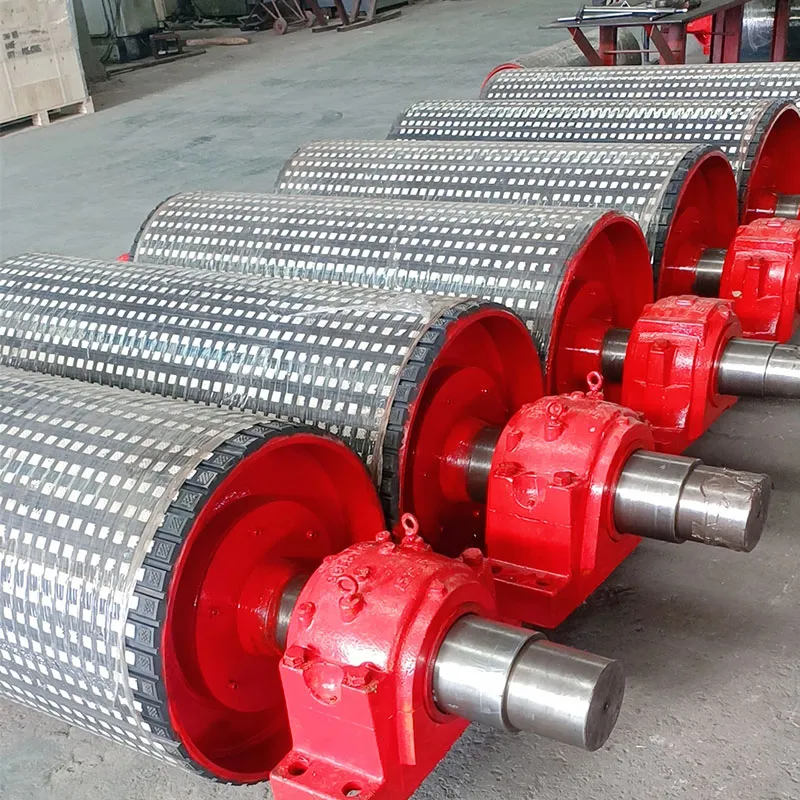 Afrikaans
Afrikaans  Albanian
Albanian  Amharic
Amharic  Arabic
Arabic  Armenian
Armenian  Azerbaijani
Azerbaijani  Basque
Basque  Belarusian
Belarusian  Bengali
Bengali  Bosnian
Bosnian  Bulgarian
Bulgarian  Catalan
Catalan  Cebuano
Cebuano  Corsican
Corsican  Croatian
Croatian  Czech
Czech  Danish
Danish  Dutch
Dutch  English
English  Esperanto
Esperanto  Estonian
Estonian  Finnish
Finnish  French
French  Frisian
Frisian  Galician
Galician  Georgian
Georgian  German
German  Greek
Greek  Gujarati
Gujarati  Haitian Creole
Haitian Creole  hausa
hausa  hawaiian
hawaiian  Hebrew
Hebrew  Hindi
Hindi  Miao
Miao  Hungarian
Hungarian  Icelandic
Icelandic  igbo
igbo  Indonesian
Indonesian  irish
irish  Italian
Italian  Japanese
Japanese  Javanese
Javanese  Kannada
Kannada  kazakh
kazakh  Khmer
Khmer  Rwandese
Rwandese  Korean
Korean  Kurdish
Kurdish  Kyrgyz
Kyrgyz  Lao
Lao  Latin
Latin  Latvian
Latvian  Lithuanian
Lithuanian  Luxembourgish
Luxembourgish  Macedonian
Macedonian  Malgashi
Malgashi  Malay
Malay  Malayalam
Malayalam  Maltese
Maltese  Maori
Maori  Marathi
Marathi  Mongolian
Mongolian  Myanmar
Myanmar  Nepali
Nepali  Norwegian
Norwegian  Norwegian
Norwegian  Occitan
Occitan  Pashto
Pashto  Persian
Persian  Polish
Polish  Portuguese
Portuguese  Punjabi
Punjabi  Romanian
Romanian  Russian
Russian  Samoan
Samoan  Scottish Gaelic
Scottish Gaelic  Serbian
Serbian  Sesotho
Sesotho  Shona
Shona  Sindhi
Sindhi  Sinhala
Sinhala  Slovak
Slovak  Slovenian
Slovenian  Somali
Somali  Spanish
Spanish  Sundanese
Sundanese  Swahili
Swahili  Swedish
Swedish  Tagalog
Tagalog  Tajik
Tajik  Tamil
Tamil  Tatar
Tatar  Telugu
Telugu  Thai
Thai  Turkish
Turkish  Turkmen
Turkmen  Ukrainian
Ukrainian  Urdu
Urdu  Uighur
Uighur  Uzbek
Uzbek  Vietnamese
Vietnamese  Welsh
Welsh  Bantu
Bantu  Yiddish
Yiddish  Yoruba
Yoruba  Zulu
Zulu components of a conveyor system
Components of a Conveyor System An Overview
Conveyor systems are integral to modern manufacturing and logistics, enabling the efficient movement of goods and materials across various production environments
. These systems come in various configurations and are used in a plethora of industries, from automotive to food production. Understanding the components of a conveyor system is essential for designing, maintaining, and optimizing these systems for maximum efficiency.At the heart of any conveyor system is the conveyor belt, which is designed to transport materials from one point to another. Conveyor belts can be made from various materials such as rubber, metal, or plastic, each suited for specific applications. For instance, rubber belts are often used for their durability, while plastic belts are popular in food processing due to their ease of cleaning. The width and length of a conveyor belt can vary depending on the types of materials being moved and the space available in a facility.
Another crucial component of a conveyor system is the drive mechanism. This includes the motor and pulleys that provide the necessary power to move the belt. The choice of motor can greatly impact the performance of the conveyor system. For example, electric motors are commonly used for their efficiency, while pneumatic systems may be employed in environments where electricity poses a risk. Drive mechanisms must be carefully selected based on the load requirements and the speed needed for operations.
Supporting the belt and creating a stable pathway for materials are the conveyor frames. These frames can be constructed from various materials, including steel, aluminum, and plastic. A robust frame is essential for maintaining the integrity of the conveyor system, ensuring it can handle the weight of the materials being transported. Furthermore, frames need to be designed with adjustments for tensioning the belt, which is crucial for preventing slippage and ensuring smooth operation.
components of a conveyor system

Another important component of conveyor systems is the idler rollers, which are used to support the belt and distribute the load across the entire surface. These rollers reduce friction and assist in the smooth running of the belt, ultimately increasing the system's efficiency. Depending on the application, idlers can be flat or grooved, and their placement is strategically determined to ensure optimal performance.
In certain situations, additional components enable more complex material handling capabilities. For instance, systems may include chutes, which direct materials to specific locations, and transfer stations, which facilitate the movement of goods from one conveyor to another. Sensors and control systems also play a vital role in modern conveyor systems, allowing for automation and real-time monitoring of operations. These technologies enhance efficiency by optimizing speed, reducing downtime, and ensuring that materials are delivered where they are needed when they are needed.
Finally, maintenance components, such as tensioning devices and alignment systems, are crucial for ensuring the longevity of a conveyor. Regular checking and adjustment of these elements can prevent costly breakdowns and extend the service life of the system.
In conclusion, conveyor systems are comprised of several key components that work together to facilitate the efficient movement of materials. From the conveyor belt to the drive mechanism, supporting frames, idler rollers, and additional systems for automation, each part plays a critical role in the overall functionality. Understanding these components is fundamental for anyone involved in the design, operation, or maintenance of conveyor systems, ensuring that they can adapt to the ever-evolving needs of industry. With the right configuration and maintenance, conveyor systems can significantly enhance productivity and logistical efficiency across various sectors.
-
Taper Centering Idler Set for Conveyor SystemsNewsJun.25,2025
-
Small Idler Rollers for Industrial ConveyorsNewsJun.25,2025
-
Guide Training Idler Set for Conveyor MaintenanceNewsJun.25,2025
-
Friction Offset Idler Set for Industrial UseNewsJun.25,2025
-
Double-Center-Roller Idler AlignmentNewsJun.25,2025
-
Channel Inset Impact Troughing Idler Set for Heavy LoadsNewsJun.25,2025





























